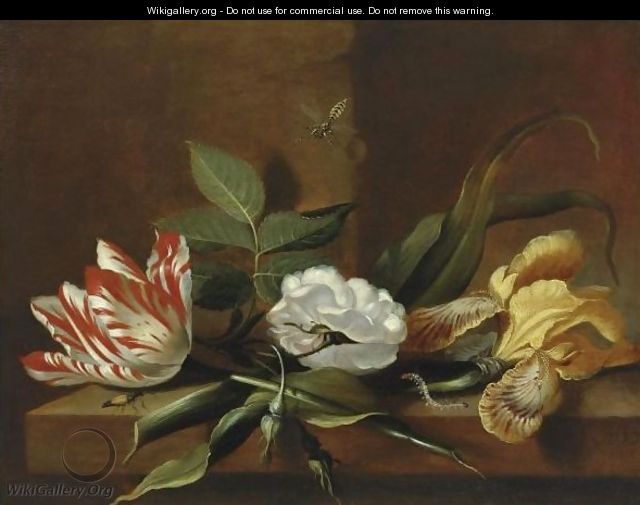Daffodils are a symbol of the beginning of spring and the subject of my favorite poem, I Wandered Lonely as a Cloud, by William Wordsworth (scroll down for the poem). Though not as varied as tulips, the typically yellow flowers have been cultivated to bloom in many other shapes, sizes and colors. I wanted to show the wide variety available today and choose seven distinctive types for this miniature oil painting of daffodils.
Another herald of spring is the ladybug, which are just coming out of hibernation. I added three in this painting for good luck.
If you live in the Northwest, may have also recently seen the Northwest Salamander in your neighborhood! These sweet little creatures breed this time of year and I’m very lucky to live in an area where they are thriving. I live near a small lake and find them in my yard and out on the sidewalks when I go for walks. They’re amazingly still and gentle. They don’t hurry away, but just sit and smile up at me!
This one has quite a bit of tiny details and if you ever see it in person, you might want to have a magnifying glass handy so you don’t miss anything.
See all of the paintings in the series so far on the monthly miniature page and sign up for my monthly newsletter for a Monthly Miniature Preview & for updates from the studio.
Wishing you a very Happy Spring!
I Wandered Lonely as a Cloud
by William Wordsworth
I wandered lonely as a cloud
That floats on high o’er vales and hills,
When all at once I saw a crowd,
A host of golden daffodils;
Beside the lake, beneath the trees,
Fluttering and dancing in the breeze.
Continuous as the stars that shine
and twinkle on the Milky Way,
They stretched in never-ending line
along the margin of a bay:
Ten thousand saw I at a glance,
tossing their heads in sprightly dance.
The waves beside them danced; but they
Out-did the sparkling waves in glee:
A poet could not but be gay,
in such a jocund company:
I gazed—and gazed—but little thought
what wealth the show to me had brought:
For oft, when on my couch I lie
In vacant or in pensive mood,
They flash upon that inward eye
Which is the bliss of solitude;
And then my heart with pleasure fills,
And dances with the daffodils.







